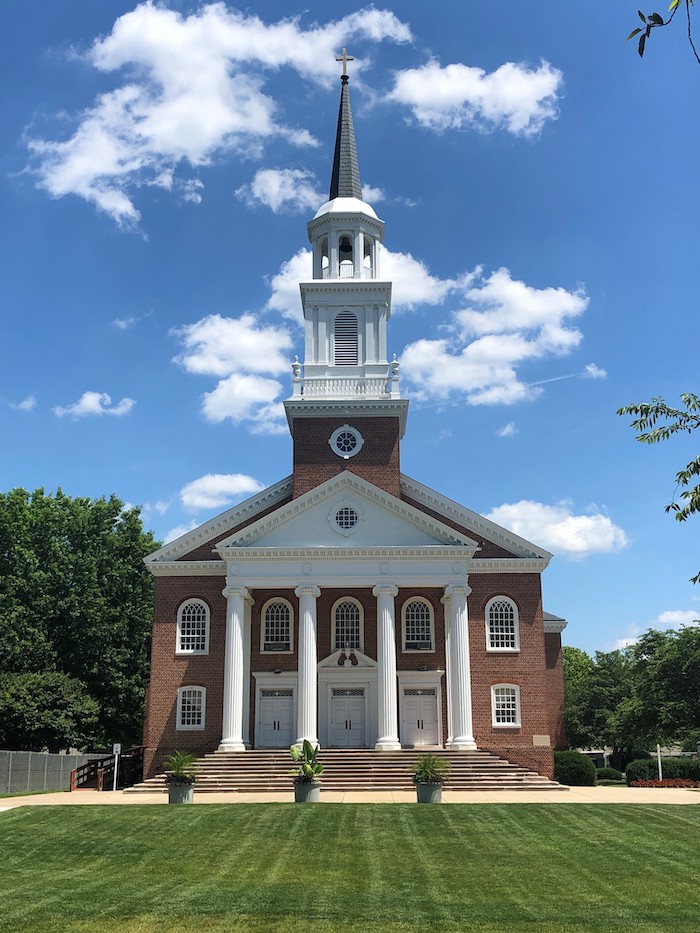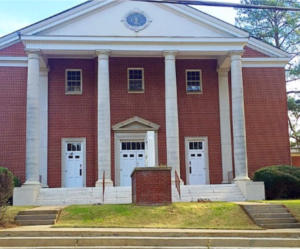How to Make Your Very First Church Purchase
Regardless of whether you’ve been mulling it over for a while or just came across the idea recently, making your first church purchase can be daunting.
Maybe you’d like to buy a church building because you want it to cater to a particular kind of worship in your area, or perhaps it’s because your current rental building just isn’t fitting the bill anymore. Regardless of your reasoning, we’ll be here to support you the entire way through.
This article will shed some light on how to get started on making your first church purchase, as well as give you some pointers on how you can make the process as smooth as possible.
Here’s how you can purchase a church building:
Decide Whether You Want an Existing Church or Would Like to Build Your Own
The first step to purchasing your first church building is to figure out what you actually want from the transaction. Would you prefer to save money and time by buying an existing building and renovating it to suit your needs? Or would you rather start from scratch and build the entire thing from the ground up?
However, keep in mind that a church must be in business for a minimum of three years before they can buy or build a building, so make sure you’ve hit that milestone before making your purchase plans!
Buying a Building
When you buy a preexisting church building, there are pros and cons to the situation. For example, you may gain extra congregation members who attended the previous church in that location. However, there is also the possibility that you may come across structural issues or pest infestations.
Here’s a list of the pros and cons of buying an already existing building:
Pros:
- Generally, it costs less
- Startup takes much less time
- Sometimes has an already existing congregation
- It doesn’t require the assistance of an architect
- Usually comes with some furniture and finishing touches
Cons:
- Your location is more or less set in stone
- The building may have structural or pest issues
- The church may have a bad reputation from the past
- You have little to no control over the layout unless you do in-depth renovations, which can be expensive
- The building may not be ideal for the needs of your church
Building a Church
Similar to buying a building, constructing your church also comes with its own set of positives and negatives. Most notably, building a church from the ground up takes a lot of time, so you’ll have to wait at least a year before you can move into your new place. However, you will have much more control over the finished building and more peace of mind that there are no outstanding issues.
Pros:
- You have complete control over church layout and organization
- Location is much more flexible, as all you need is a lot to build on
- The church will be brand new, which will entice new churchgoers to check it out
Cons:
- Building a church can often cost more than buying one
- You might need to establish your church’s reputation in the new area
- The building may have cost overruns or delays out of your control.
As you can see, both buying a preexisting location and building your church from scratch can have individual pros and cons. Ultimately, it is up to you to weigh these and decide which option is right for you.
Draw Up Your Church Business Plans
Although churches are not considered businesses, they still have bills to pay, which means they must have plans to raise money.
Once you decide to go to a lender to ask about getting a loan to buy or build your new church, they’ll want to see the plans you have for making the church successful (as well as what you’ve done in the past). They will also want to know who is in charge, how you’ll be paying that mortgage, what sort of growth you’re expecting in the new location, how many members you have now, and much more.
Not that this is a bad thing—after all, they do need to make sure you’ll be able to pay your loan back. Not to mention, it gives you an incentive to get adequately prepared before you move forward!
Here is a list of the documents and church plans you’ll want to gather together before you move to the next step in the process:
Budget and Expected Financial Statements
These will be documents that give your lender an idea of what sort of financial shape your church is currently in and how you expect that to improve in the new building.
Start by setting obtainable goals as far as tithes and attendance go, and then turn that into a budget sheet and financial statement based on how much income you can expect if you were to achieve that goal. For reference, the average church gets $17 per person per week in tithes, according to Health Research Funding.
Marketing Plans
Now that you have an idea of how many people you’ll want and need in attendance to pay your new mortgage, you should draft up some plans to demonstrate how you’re going to hit those goals to show the bank you’re serious.
Marketing plans usually stretch over a few months or a year-long period and show precise steps you will take to reach your attendance goals, so make sure you’re as specific as possible!
Articles, Bylaws, and Leadership Structure
These will tell the bank how you currently operate and what actions you will take under specific circumstances.
Construction and Renovation Budget
This will give your lender (and yourself) an idea of how much you’re asking for so they can better approve you for the amounts you need. It will also work to tell you how much you can expect to pay monthly on your church mortgage.
Finding a Lender
Now that you’re prepared in every sense of the word, you’re ready to find a lender who will finance your church building.
At Griffin Church loans, we specialize in providing church loans to those who want to improve their worship location. And because we focus on church loans specifically, our experts are able to provide in-depth, professional advice on what you can do to start off on the right foot.
And we aren’t afraid to go the extra mile, either. Recently, Griffin Church Loans helped Epicenter Church in Jackson, MS, with a church purchase. The church had an urgent request with a building they had been offered that they simply couldn’t pass up.
A local bank in Jackson had foreclosed upon a church property and offered to sell it to Epicenter at an incredible price! The bank agreed that Epicenter could have the building at only the cost of what was left on the loan!
The building appraised for $5 million and was available for an astounding $150,000. However, they only had two weeks to get the loan closed and make their purchase.
Over the next two weeks, Griffin staff worked together day in and day out to close the loan before the deadline and get Epicenter their amazing building!
This is just an example of how we work together with those who want to purchase churches to make their dreams a reality.
If you’re ready to own your own church, please don’t hesitate to contact a member of our staff or apply today. Or, if you need more information before you decide, you can find it on our Church Loan Programs page.
Editor’s Note: The post was originally published on June 16, 2017 and has been completely revamped and updated.


